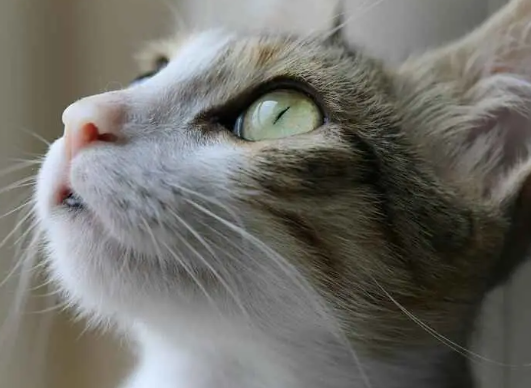Whisker Fatigue: Understanding and Managing Your Cat’s Comfort
Whiskers are not just adorable features on your feline friend’s face; they serve crucial functions in helping cats navigate their environment. However, many cat owners may be unaware that their furry companions can experience “whisker fatigue.” This condition can lead to stress and discomfort, affecting their overall well-being. Understanding whisker fatigue is essential for ensuring your cat’s happiness and comfort at home.
Recognizing Whisker Fatigue
Whisker fatigue occurs when a cat’s sensitive whiskers become overstimulated or irritated. Whiskers are equipped with nerve endings that make them highly sensitive to touch and pressure, aiding in spatial awareness. Signs of whisker fatigue can include an aversion to food and water bowls, excessive grooming, or changes in behavior, such as aggression or withdrawal. Recognizing these signs early can help you make simple adjustments to your cat’s environment, ensuring your pet stays content and stress-free.
Adjusting Feeding and Watering Solutions
One of the easiest ways to alleviate whisker fatigue is by choosing the right feeding and watering dishes. Deep or narrow bowls can cause whiskers to constantly brush against the sides, leading to discomfort. Instead, opt for wide, shallow bowls that allow your cat to eat and drink comfortably without irritating their whiskers. Materials like ceramic or stainless steel are also preferable, as they are less likely to cause static electricity that can further irritate your cat’s sensitive facial hairs. By providing the right dishes, you can make mealtime more enjoyable for your feline friend.
Creating a Calm Environment
Beyond feeding solutions, creating a serene environment for your cat can significantly reduce the chances of whisker fatigue. Cats thrive in spaces where they feel secure and comfortable. Ensure their resting areas have cozy spots away from noise and disturbances. Providing safe spaces, such as cat trees or hiding spots, can allow your cat to retreat when they feel overstimulated. Incorporating soft lighting and calming scents can also contribute to a peaceful atmosphere, promoting relaxation and reducing stress.
In Conclusion
Whisker fatigue is a real concern for many cats, but with simple adjustments, you can enhance your feline’s quality of life. By recognizing the signs, choosing the right feeding solutions, and creating a calming environment, you can help your cat live comfortably and happily. If you suspect your cat may be experiencing whisker fatigue, consider taking these steps to improve their surroundings. For more tips on keeping your cat healthy and happy, don’t hesitate to explore further! Your furry friend will thank you for it.




